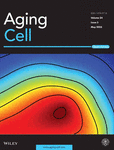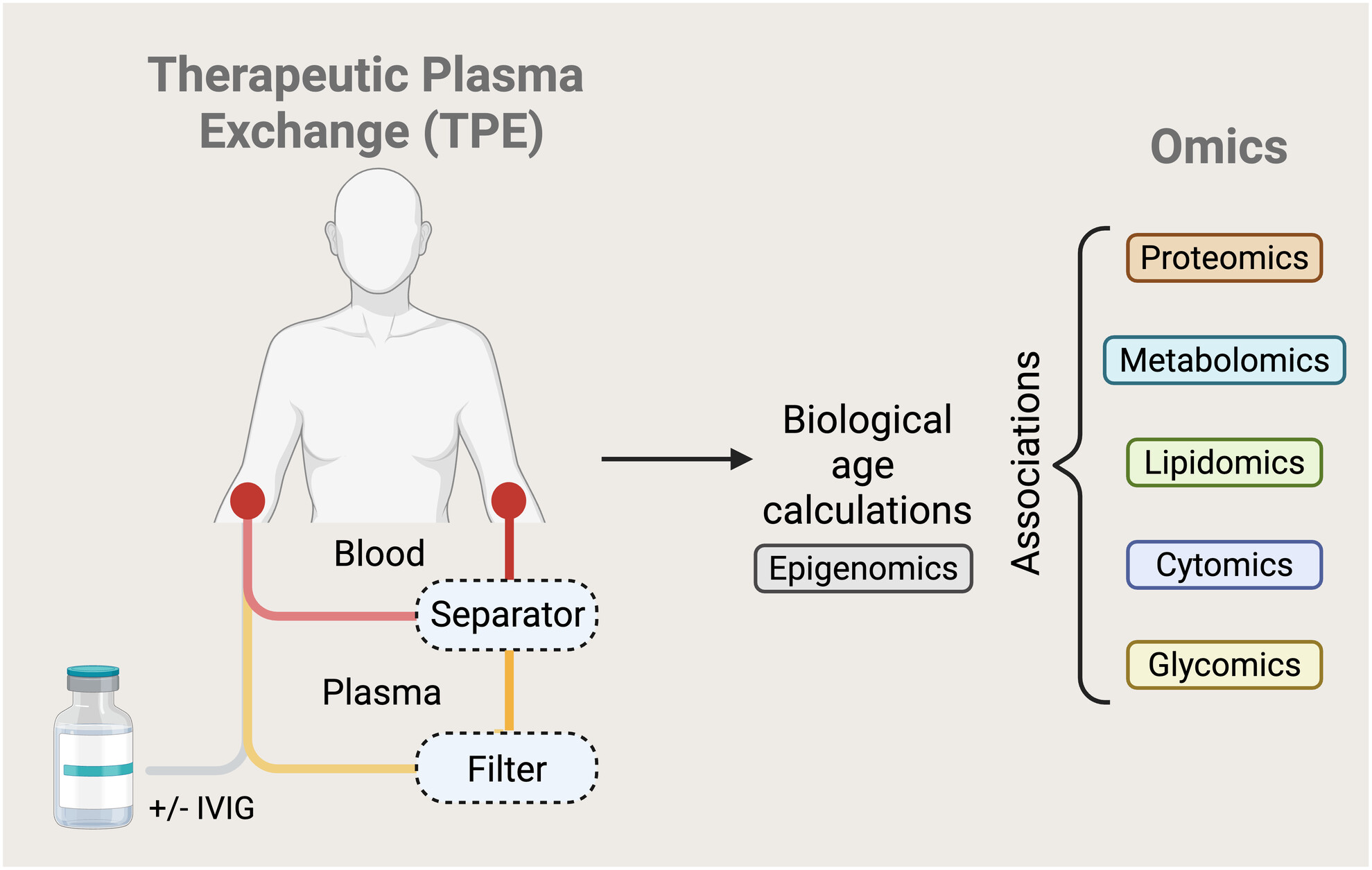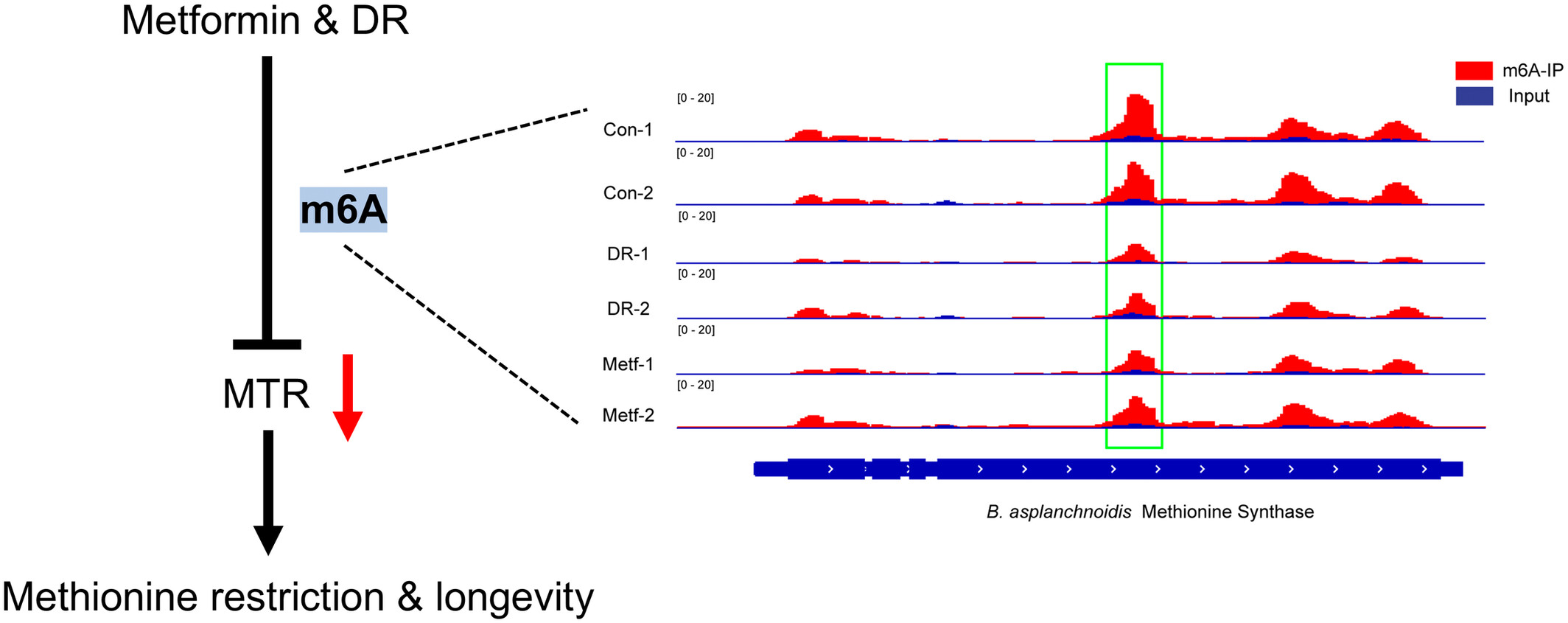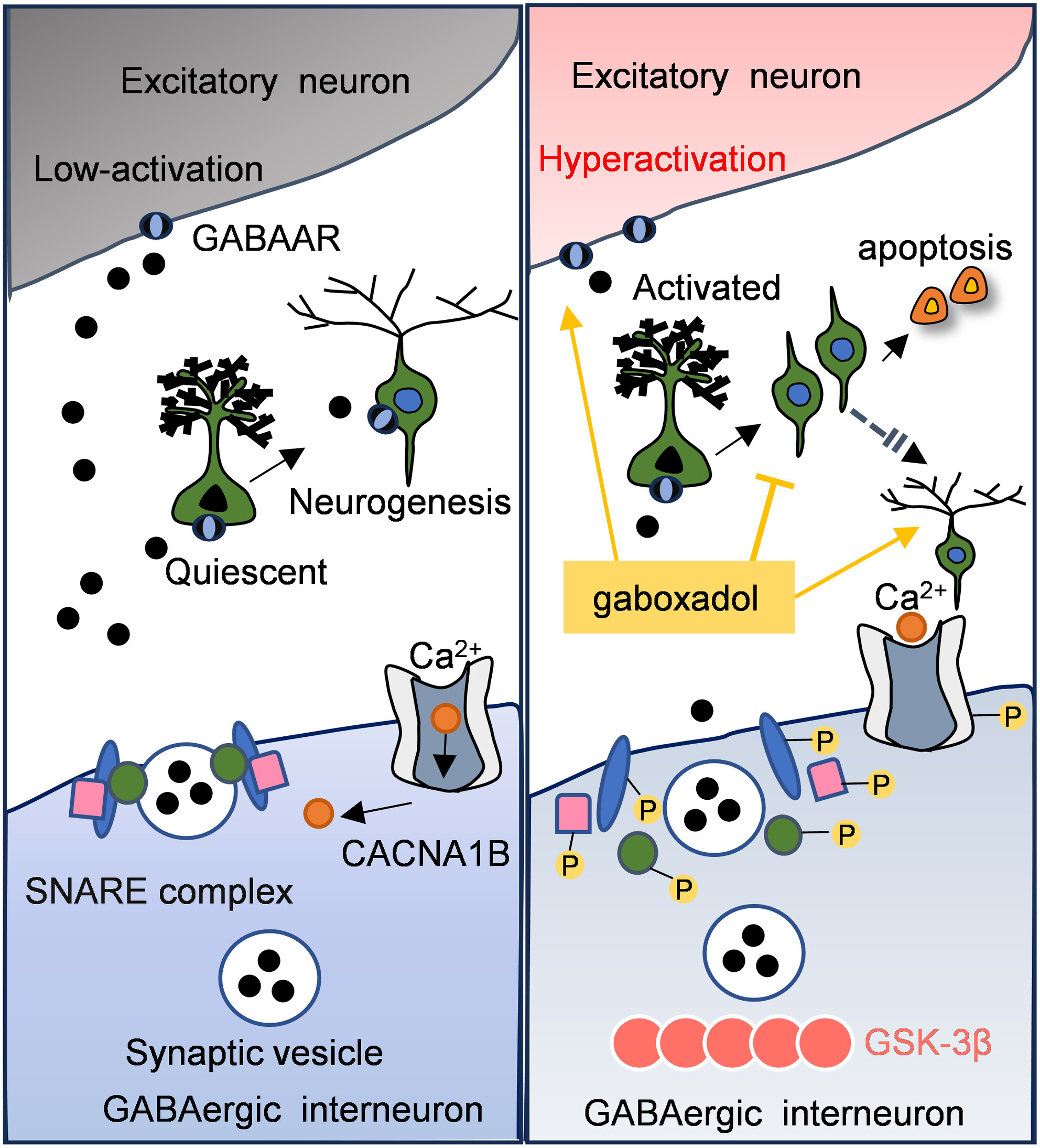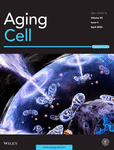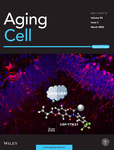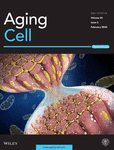Editor-in-Chief: Monty Montano
Journal list menu
Aging Cell is an open access geroscience journal publishing research addressing the biology of aging. The journal welcomes research that reports the mechanistic, molecular, and cellular aspects of the aging process, as well as the links between aging and age-related disease.
With global readership, Aging Cell is a journal of The Anatomical Society and John Wiley and Sons, Ltd.
Journal Metrics
- 14.4CiteScore
- 8Journal Impact Factor
- 23%Acceptance rate
- 19 days Submission to first decision
Aging Cell Best Paper Prize 2022
Rilmenidine extends lifespan and healthspan in Caenorhabditis elegans via a nischarin I1-imidazoline receptor
Dominic F. Bennett, Anita Goyala, Cyril Statzer, Charles W. Beckett, Alexander Tyshkovskiy, Vadim N. Gladyshev, Collin Y. Ewald, João Pedro de Magalhães
Aging Cell, Volume 22, Issue 2, February 2023, Pages 1-15Accepted Dec 09, 2022. First published: 20 January 2023
Aging Cell Joint Runner-Up Best Paper Prize
A single short reprogramming early in life initiates and propagates an epigenetically related mechanism improving fitness and promoting an increased healthy lifespan
Quentin Alle, Enora Le Borgne, Paul Bensadoun, Camille Lemey, Nelly Béchir, Mélissa Gabanou, Fanny Estermann, Christelle Bertrand-Gaday, Laurence Pessemesse, Karine Toupet, Romain Desprat, Jérôme Vialaret, Christophe Hirtz, Danièle Noël, Christian Jorgensen, François Casas, Ollivier Milhavet, Jean-Marc Lemaitre
Aging Cell, Volume 21, Issue 11, November 2022, Pages 1-12Accepted Aug 31, 2022. First published: 17 October 2022
Previous Awards of Aging Cell Best Paper Prize
Anatomical Society Research Studentships
Award of Anatomical Society Studentships 2024/25
The Anatomical Society is delighted to announce the award of three new research studentships. These awards are the outcome of the Society’s annual studentship competition open to its members. Studentships will start in October 2025 and each award funds 3 years of postgraduate training and study towards a PhD. Studentships provide funding for research focused on specific projects associated with anatomical science. For details of these funded projects, please click here.
Articles
Circadian Gene BMAL1 Regulation of Cellular Senescence in Thyroid Aging
- 28 May 2025
Graphical Abstract
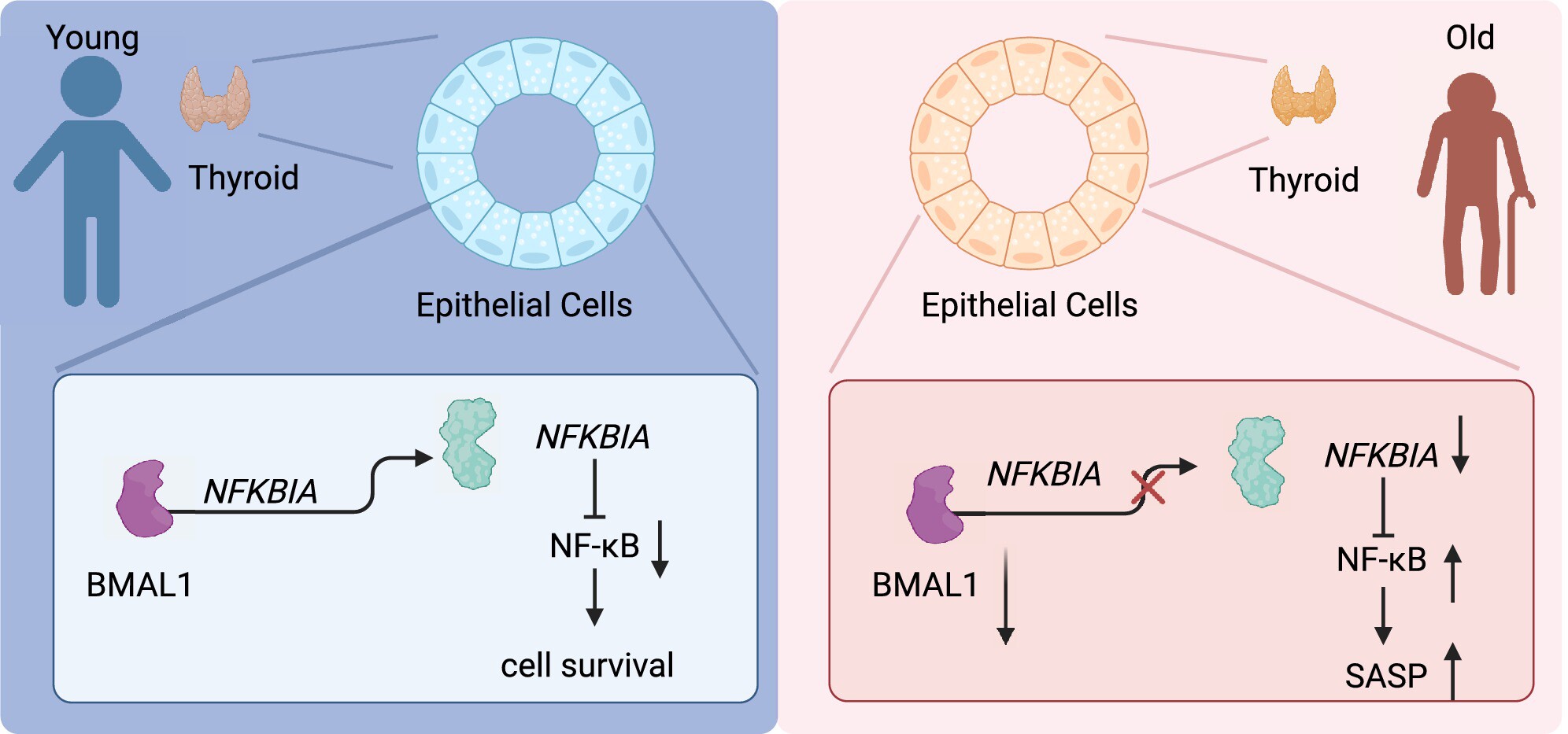
BMAL1 downregulation during aging reduces NFKBIA expression, accelerating thyroid cellular senescence and impairing hormone synthesis. Circadian rhythm disruption exacerbates thyroid functional decline, highlighting the BMAL1-NFKBIA axis as a key mediator of aging-related thyroid dysfunction and offering insights for stabilizing thyroid health in aging populations.
Multi‐Omics Analysis Reveals Biomarkers That Contribute to Biological Age Rejuvenation in Response to Single‐Blinded Randomized Placebo‐Controlled Therapeutic Plasma Exchange
- 27 May 2025
Metformin and Dietary Restriction Counteract Aging via Reducing m6A–Dependent Stabilization of Methionine Synthase mRNA in Brachionus asplanchnoidis (Rotifera)
- 27 May 2025
Accumulation of GSK-3β in Interneurons Impairs Adult Hippocampal Neurogenesis by Inhibiting GABAergic Transmission
- 26 May 2025
ElixirSeeker: A Machine Learning Framework Utilizing Fusion Molecular Fingerprints for the Discovery of Lifespan-Extending Compounds
- 26 May 2025
Graphical Abstract
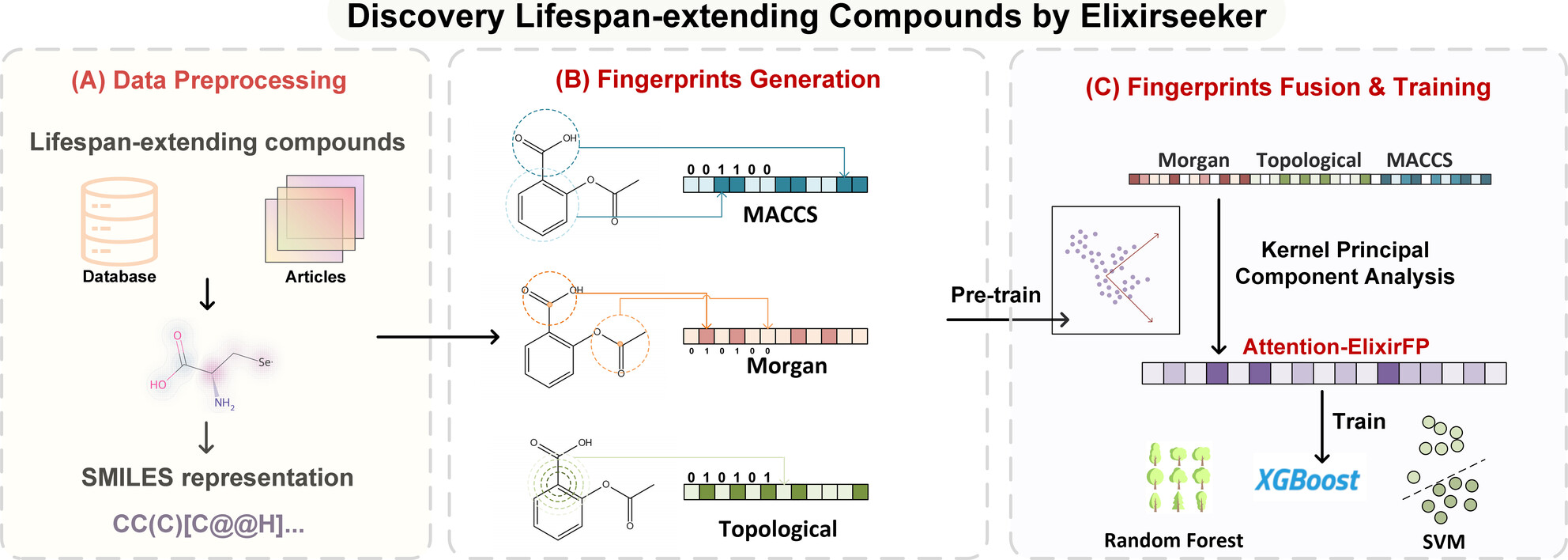
ElixirSeeker is a machine learning architecture based on a phenotype-driven drug discovery approach to screen lifespan-extending compounds. By integrating molecular fingerprints, ElixirSeeker could maximize feature capture of lifespan-extending compounds. We tested the top six hits in Caenorhabditis elegans and found that four of these compounds extended the organism's lifespan.
The following is a list of the most cited articles based on citations published in the last three years, according to CrossRef.
The Achilles’ heel of senescent cells: from transcriptome to senolytic drugs
- 644-658
- 9 March 2015
Senescence‐associated β‐galactosidase is lysosomal β‐galactosidase
- 187-195
- 17 March 2006
Identification of a novel senolytic agent, navitoclax, targeting the Bcl‐2 family of anti‐apoptotic factors
- 428-435
- 29 December 2016
Oxidative stress in the aging substantia nigra and the etiology of Parkinson's disease
- 20 August 2019
Graphical Abstract
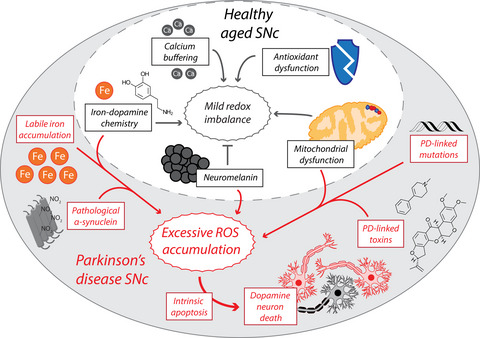
Dopamine neurons within the healthy human substantia nigra exhibit mild oxidative stress during aging, resulting from their unique biochemical properties and a number of age-dependent biochemical changes specific to this neuronal population (grey). An exacerbation of these pathways, combined with additional environmental toxins and genetic mutations, worsens redox balance within nigral dopamine neurons in Parkinson's disease, causing excessive oxidative stress and dopamine neuron death (red).
Measuring biological aging in humans: A quest
- 12 December 2019
Graphical Abstract
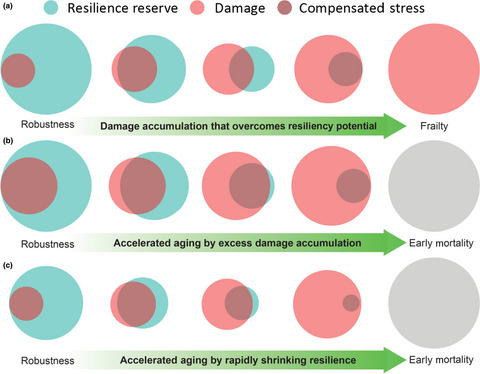
Finding a reference metric for the rate of biological aging is key to understanding the molecular nature of the aging process. Defining and validating this metric in humans opens the door to a new kind of medicine that will overcome the limitation of current disease definitions. We will then be able to approach health in a global perspective and bring life course preventative measures to the center of attention.
Recent issues
- Volume 24, Issue 5May 2025
- Volume 24, Issue 4April 2025
- Volume 24, Issue 3March 2025
- Volume 24, Issue 2February 2025



